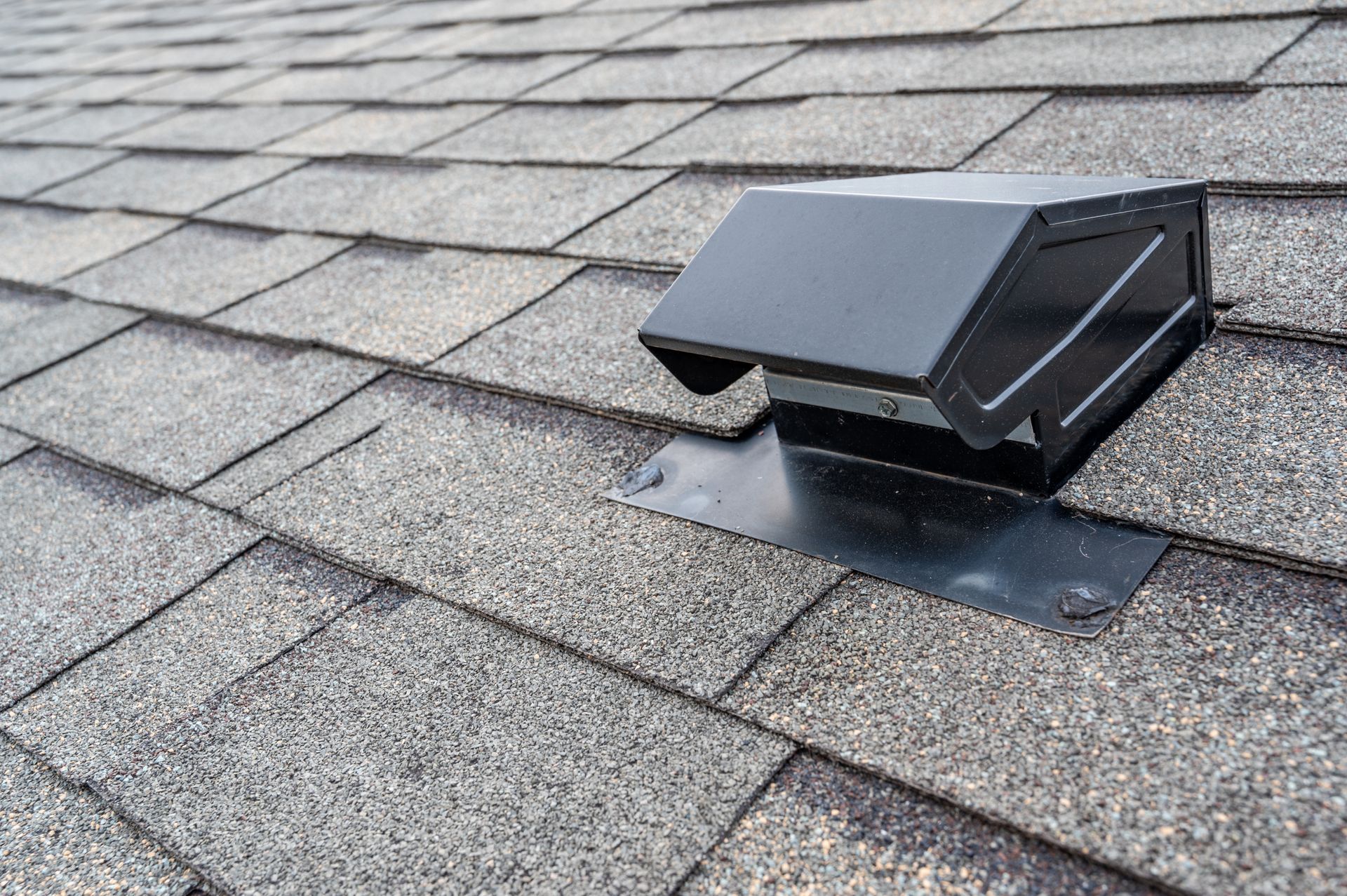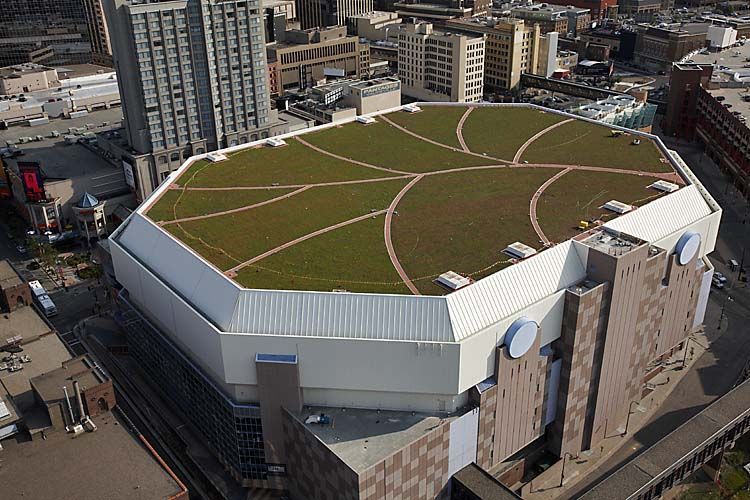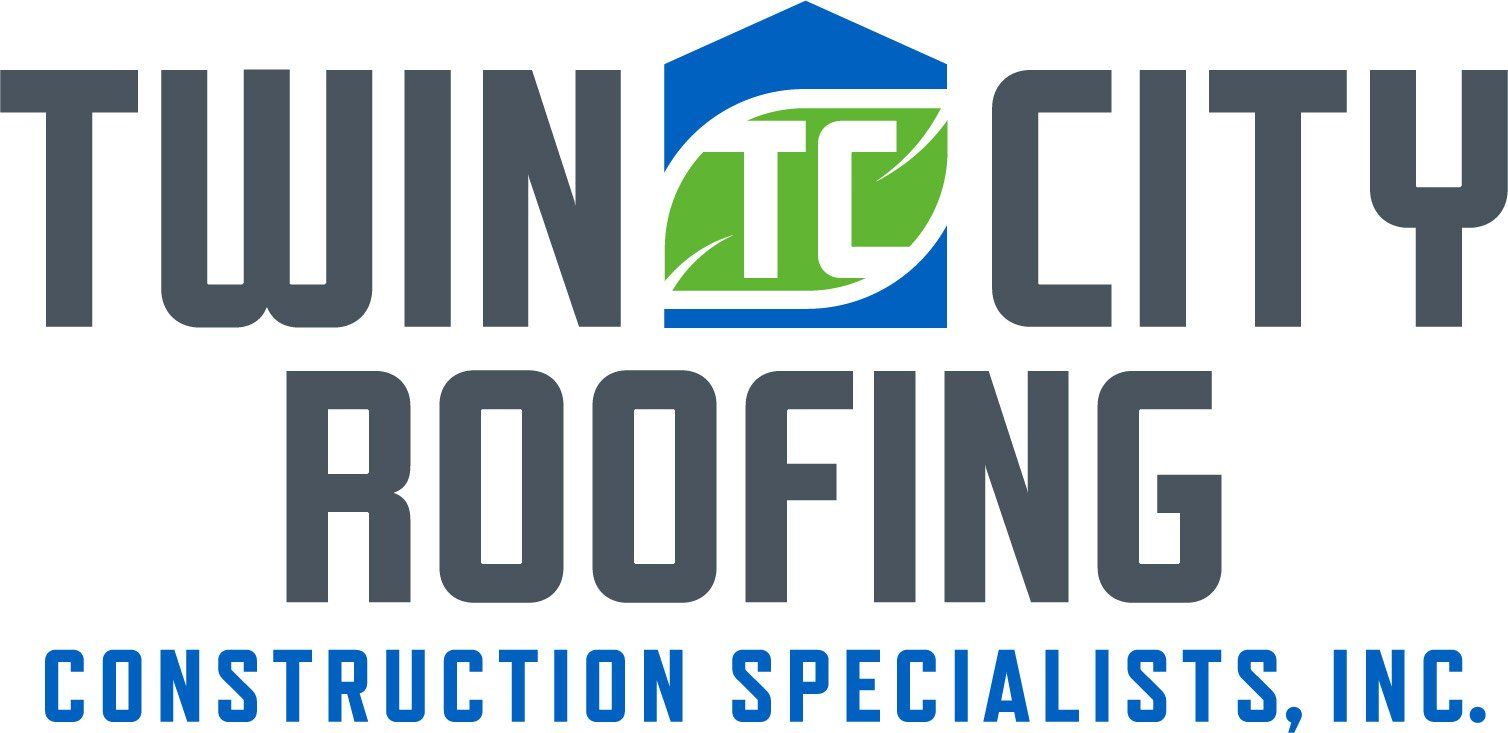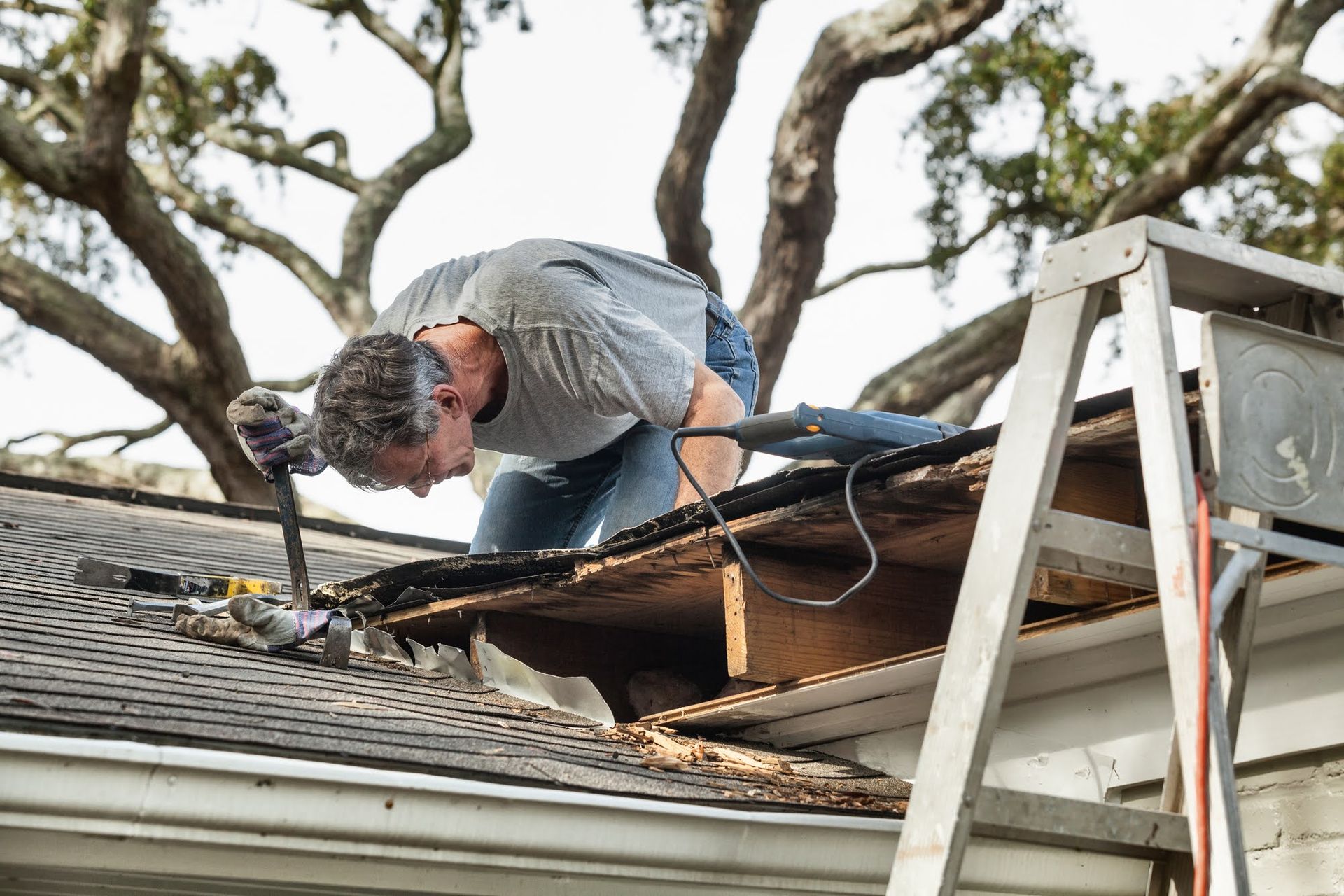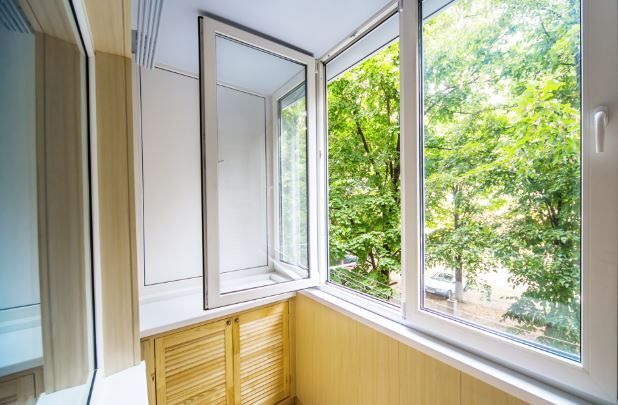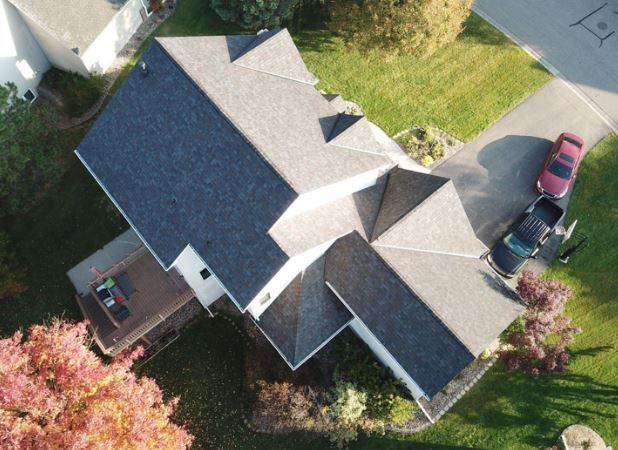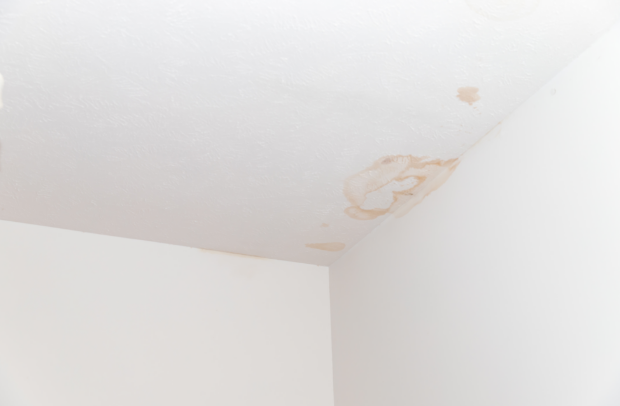Breathing Life into Your Home: The Essential Role of Roofing Ventilation
When we discuss home improvements, roofing ventilation rarely takes the spotlight. Instead, aesthetics or energy savings get our attention. But make no mistake: proper roofing ventilation is vital to the health of your home. Not only can it extend the life of your roof, but it also ensures the well-being of your home's structure and indoor air quality. Dive in with us as we explore the significance of roofing ventilation.
1. What is Roofing Ventilation?
In simple terms, roofing ventilation allows fresh air to enter and stale air to exit your attic. This is typically accomplished through a combination of intake vents (usually found along the roof’s lowest edge) and exhaust vents (located at or near the peak).
2. Why is Roofing Ventilation So Important?
a) Prevents Moisture Build-up
In poorly ventilated roofs, moisture from household activities can get trapped in the attic. Over time, this can lead to mold growth, wood rot, and damaged insulation. A well-ventilated roof reduces this risk, ensuring that moisture is expelled and fresh air circulates.
b) Regulates Indoor Temperatures
Ever wondered why your house feels unusually warm in the summer or chilly during winter? Inadequate ventilation might be a culprit. Proper roof ventilation helps in regulating the attic's temperature, preventing it from becoming a furnace in the summer or an ice box in the winter.
c) Extends Roof Lifespan
During winter, an improperly ventilated attic can lead to the formation of ice dams. These are ridges of ice that prevent melting snow from draining off the roof. The water can then seep underneath roof shingles, leading to leaks. By maintaining consistent attic temperatures with good ventilation, you can prevent ice dam formation and prolong your roof’s lifespan.
3. Indicators of Poor Roof Ventilation
Watch out for:
- Overheated interiors during summer
- Ice dams forming along the roof’s edge in winter
- Mold or mildew in the attic
- A sudden spike in energy bills
- Curled or buckling roof shingles
4. Enhancing Your Home's Ventilation
Luckily, improving your roof's ventilation is not a Herculean task. You can:
- Add or upgrade vents: Consult a roofing professional to analyze your current ventilation and recommend the right mix of intake and exhaust vents.
- Seal and insulate: Ensure there are no leaks in your attic and that it is well-insulated. This complements ventilation efforts by reducing moisture and regulating temperatures.
- Regular inspections: Schedule annual roof check-ups to monitor the health of your ventilation system.
Conclusion
Just like our lungs need clean air to breathe and maintain our health, our homes need proper roofing ventilation to ensure structural integrity and a comfortable living environment. It’s a crucial aspect of home health that shouldn’t be overlooked. If you're unsure about your home's roofing ventilation, it might be time to consult a professional and give your home the breath of fresh air it needs!
